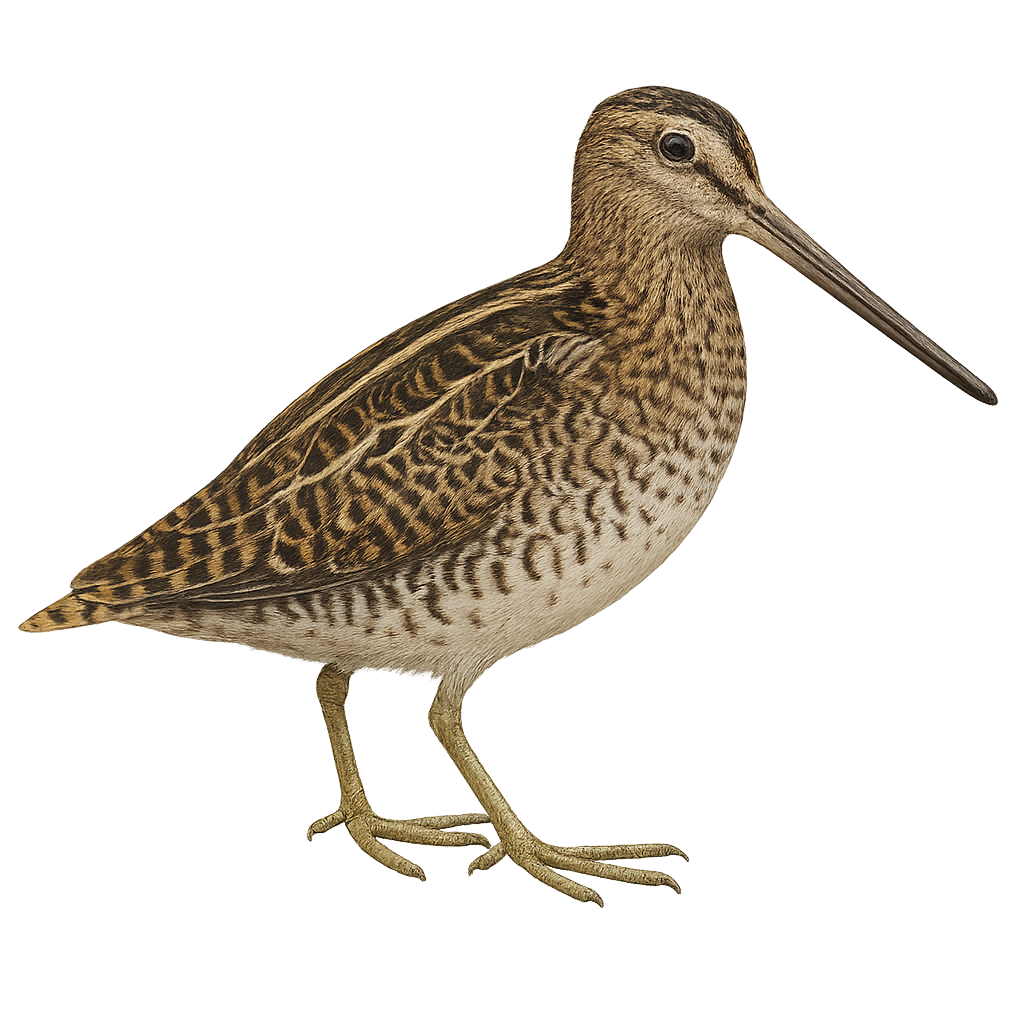Your wildlife photography guide.
Explore the madagascar snipe in detail, study its behavior, prepare your shots.
Where to observe and photograph the madagascar snipe in the wild
Learn where and when to spot the madagascar snipe in the wild, how to identify the species based on distinctive features, and what natural environments it inhabits. The WildlifePhotographer app offers tailored photography tips that reflect the madagascar snipe’s behavior, helping you capture better wildlife images. Explore the full species profile for key information including description, habitat, active periods, and approach techniques.
Madagascar Snipe
Scientific name: Gallinago macrodactyla

IUCN Status: Vulnerable
Family: SCOLOPACIDAE
Group: Birds
Sensitivity to human approach: Very shy
Minimum approach distance: 10 m
Courtship display: July to August
Incubation: 20-22 jours
Hatchings: July to September
Habitat:
Marshes, rice paddies, wet meadows
Activity period :
Active at dawn and dusk, ideal moments for observation.
Identification and description:
The Madagascar Snipe, or Gallinago macrodactyla, is an endemic bird of Madagascar, primarily found in the island's wetlands. It is characterized by its long legs and slender, elongated bill, typical of snipes. Its plumage is mainly brown with streaked patterns, allowing it to blend seamlessly into its natural habitat. It inhabits marshes, rice paddies, and wet meadows, feeding mainly on insects, worms, and small mollusks. Although discreet, it is sometimes seen probing the ground for food. The Madagascar Snipe is currently classified as a vulnerable species due to habitat loss and wetland degradation in Madagascar.
Recommended lens:
400 mm – adjust based on distance, desired framing (portrait or habitat), and approach conditions.
Photography tips:
To photograph the Madagascar Snipe, it is advisable to use a telephoto lens of at least 400mm to capture detailed images from a distance. Given its shy nature, it is crucial to remain discreet and blend into the environment to avoid scaring it away. Focus on crepuscular hours when the bird is most active. Use a tripod to stabilize your camera and achieve sharp shots, especially in the low light conditions of marshes.
The WildlifePhotographer App is coming soon!
Be the first to explore the best nature spots, track rutting seasons, log your observations, and observe more wildlife.
Already 1 430 wildlife lovers subscribed worldwide

